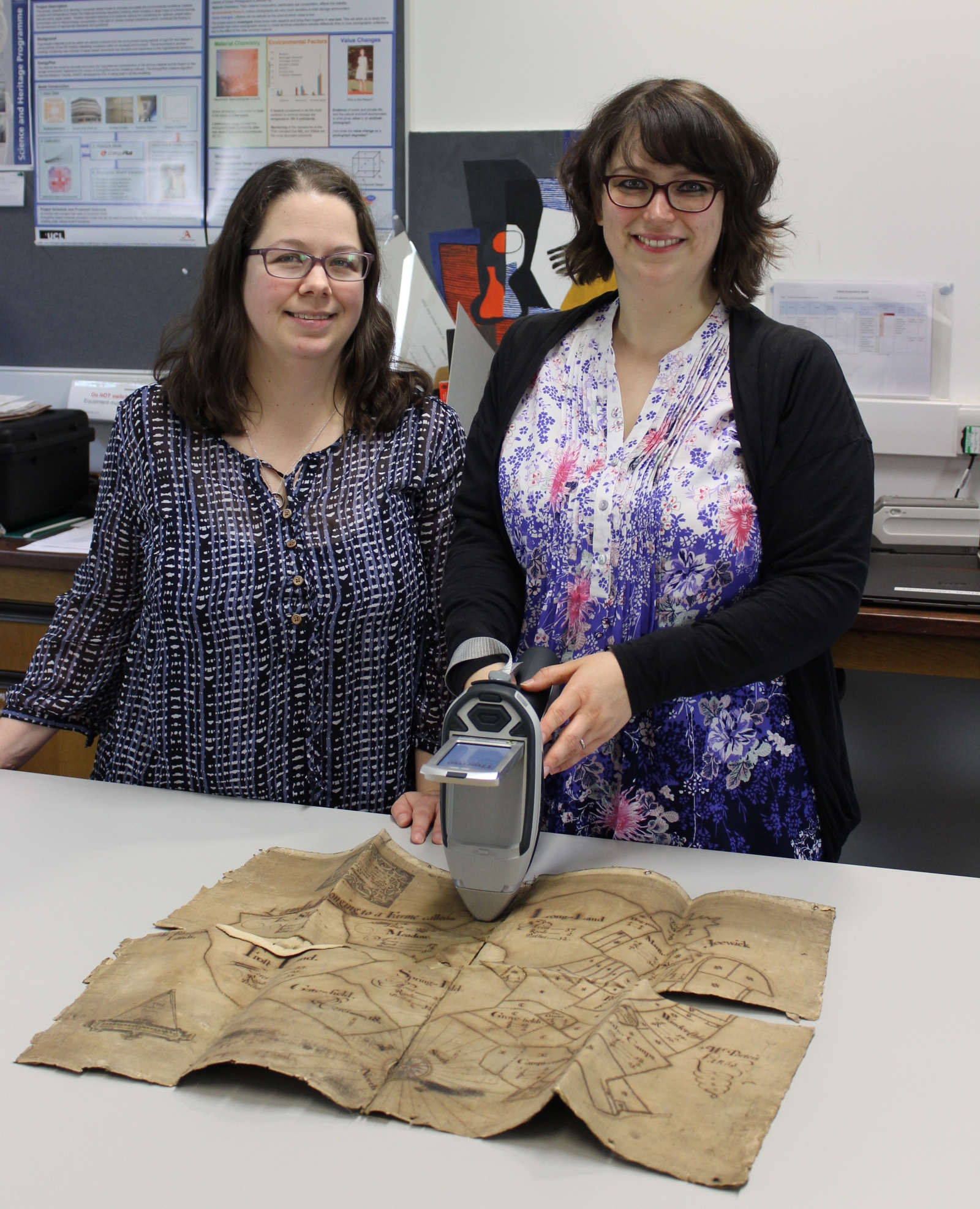Gold Dust - “The effectiveness of dust mitigation and cleaning strategies at The National Archives, UK”
This research paper is the first publication to be funded by the NHSF Gold Open Access grant.
"The effectiveness of dust mitigation and cleaning strategies at The National Archives, UK," by Dr Helen Wilson and Sarah VanSnick discusses current preventive conservation and cleaning practices at the National Archives. It is published in the Journal of Cultural Heritage and is available here.
Abstract
"Cultural heritage institutions allocate considerable resource to mitigating the risks of dust in their collections. In archives and libraries boxing collections and cleaning regimes go some way to address the problem. However, evidence of the efficacy of these methods is difficult to validate experimentally as dust is very difficult to see. To evaluate the efficacy of our boxing and cleaning programmes, The National Archives’ Collection Care Department developed a method that used UV-fluorescing powder to mimic the movement and dispersal of dust during experimental cleaning and handling scenarios. Visual evaluation of dust dispersal enabled a qualitative assessment of the efficacy of existing collection cleaning techniques. Photographs and videos confirmed the value of vacuuming as the most efficient method of removing dust in comparison to other methods, and validated the usefulness of folders and boxes in limiting dust deposition and transfer onto archival documents."
Read the NHSF and TNA press release about the publication
Sarah VanSnick, Senior Conservation Manager at The National Archives, and Conservation Scientist Helen Wilson hold an X-ray fluorescence spectrometer to identify inks and pigments to help them find the best treatment solution to clean and reconstruct this map, from a series of Chancery Master Exhibits from the 15th-18th centuries, relating to Little Clacton in Essex.

